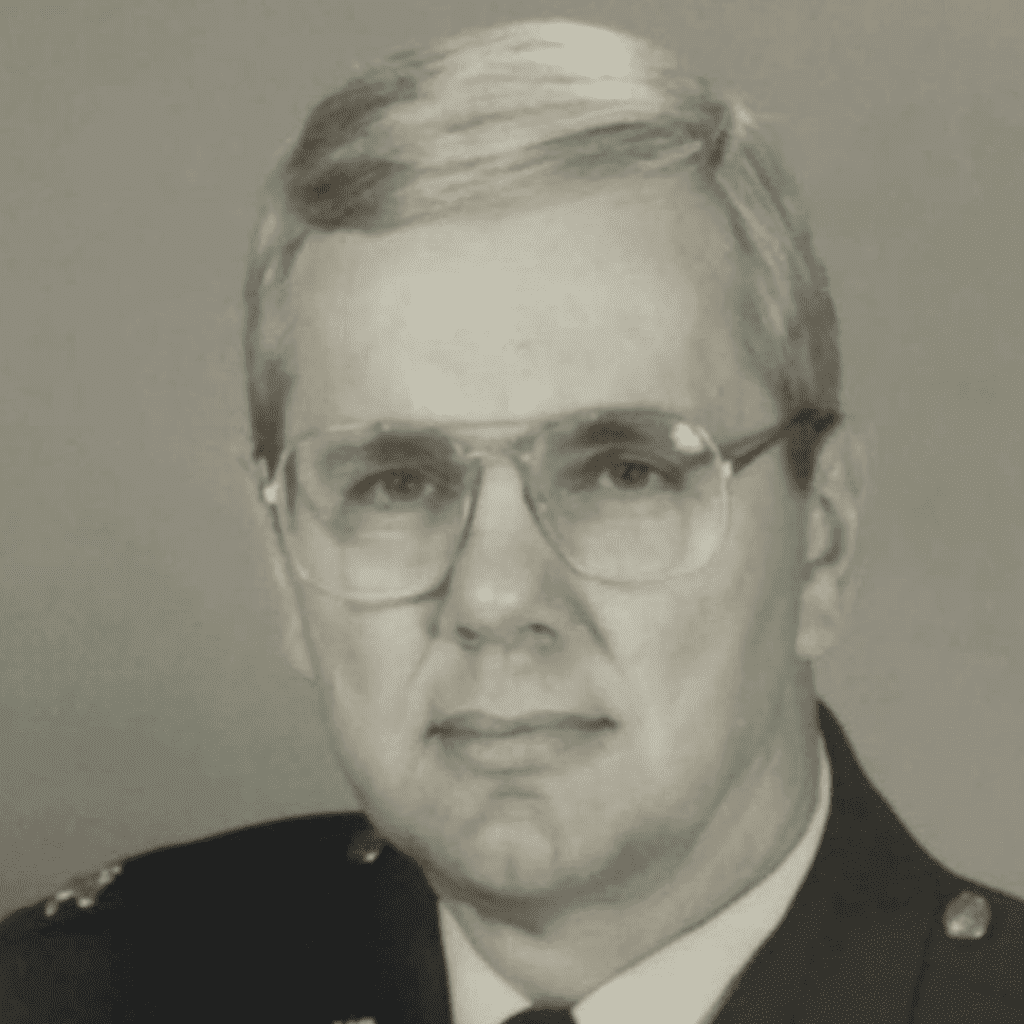
What To Do When The Media Gets It Wrong
THE TRUE STORY
An airplane coming in from Andrews Air Force Base in Washington had two men on board. While headed to Edwards Air Force Base, just outside Los Angeles, one of the engines caught on fire. Despite best efforts of the aircrew to control the situation, about 200 miles out of Edwards, the fire got so bad that they lost control of the airplane. They crew received instruction to evacuate the aircraft once the plane flew over the desert. No civilians could be injured in this area. The aircrew parachuted to safety and a crew picked them up, taking them to Edwards Air Force Base.
THE STORY THAT THE MEDIA PUBLISHED
As this situation continued, Wayne maintained contact with the media. He let them know the story’s progression each step of the way. “I turned on the news to see what kind of report, if any, they put together about the accident,” said Wayne. Despite having all of the correct information, when Wayne turned on the news, a different story was being told. “The lead story said, ‘unidentified flying object suspected of shooting down Edwards Air Force Base aircraft,’” said Wayne. “We let the media listen to the radio transmissions between the aircraft and Edwards Air Force Base. The media knew exactly what occurred before the aircraft went down. And they went right back to Los Angeles and made up a story of how an unidentified object shot down one of our airplanes. It’s total fabrication. It is really frustrating.” This type of situation is not all that uncommon.
THE AFTERMATH
While Wayne took the correct steps, the media chose to spin it in a different direction. Regardless of the public affairs official’s honesty throughout, in the end, the accuracy of the published story is the media’s responsibility. But they did not publish an accurate story. This meant Wayne had to get on the phone with them and let them know they did not publish an accurate story. “I got on the phone with the television station people and told them again what had happened to the aircraft.”
Sometimes, once you deliver the information, the story gets away from you. Wayne Corbett has shown us the perfect route to take if the media chooses to publicize a different angle. “If the story’s accuracy was compromised, I had to get back on the phone or sometimes I had to visit the media in person to repeat the story accurately. The story had to be consistently truthful and accurate day-to-day, week-to-week, month-to-month. The more consistent we were, the better off we were in the long run because the public was going to trust us a lot more. Consistency was the key for a good reason: It was practical, it was important and it worked.”









